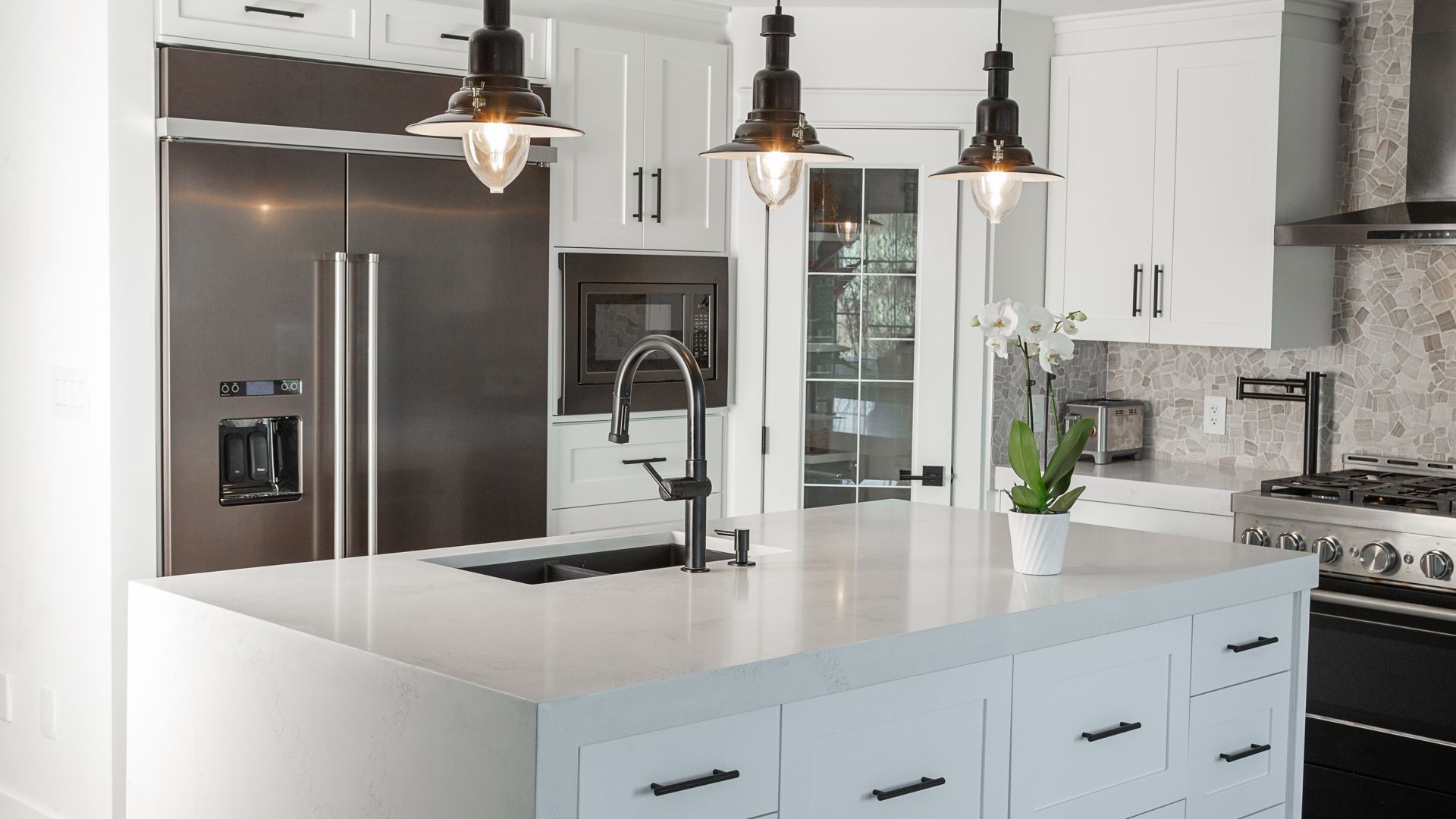There are tons of different plumbing problems you could have to deal with in your home or business, but one you may not think that closely about is backflow. Backflow is the term used to describe when water flows backward through your plumbing lines, possibly even pushing back into your water supply. This can cause some serious issues for your plumbing, including creating leaks, and even potentially sending contaminated water back into the public supply.
There are two different reasons why backflow can happen. First, back pressure is when the pressure pushing the water backward overcomes the pressure of the water flowing into your home. This results in the water being pushed backward, possibly back into the public water system. Second, back siphonage is a rare phenomenon where a sudden loss of supply-side pressure causes a vacuum or partial vacuum that sucks the water from your pipes back into the public lines. Again, this is exceedingly rare, but sudden changes in water pressure from the public supply could cause this to happen.
How to Prevent Backflow
Preventing backflow is a lot easier than it seems. In fact, your plumbing is naturally designed to avoid backflow just by its own nature. For example, when water flows out of a faucet, it naturally falls from the faucet into a drain where it’s sent to the sewage system. This keeps your clean water and your sewage lines naturally separated, and thus prevents potentially dangerous water from being pushed backward. So, while the falling water is what enables you to wash your hands or collect the water you need, it’s also securing your water supply from possible contamination.
However, sometimes you may have a plumbing device which requires a water connection but doesn’t have a natural water exit point like a faucet or tap does. This is certainly more common in businesses which have specialized machinery, but it could also be a problem at home, depending on what you have connected. In these cases, if a clog in the line or problem with a device causes water pressure to build up, contamination could flow back through the water in the system and potentially even reach your connection to the public water grid.
This possibility is why commercial buildings and even some homes are required to have a backflow prevention device. These devices are essentially like a one-way valve, allowing water to flow into your home from the main water line, but automatically sealing and shutting off to prevent it from going back the other way. Generally, these devices are installed near your main water connection, often near pressure regulators and other important devices which control the water flow into your home.
If you have a backflow prevention device, you’re required to have it tested periodically. Reduced pressure assemblies, including those in commercial facilities or those attached to fire systems, need to be checked at least once per year. Double check valve assemblies, which are almost exclusively used for commercial buildings, need to be tested semi-annually. All backflow prevention devices need to be checked and tested after any repair, replacement, or installation is done, as well as maintenance or cleaning.
If you suspect you may have a plumbing problem that’s causing backflow, call Smith’s Plumbing Services at (901) 290-1110 today to request an estimate!